Because of their unique characteristics, graphene aerogels are attractive materials for a wide range of applications. However, due to their micro-fibrous structure, strength and resilience, which are both desired properties, are generally considered to be mutually exclusive. By employing a bidirectional freeze-drying technique, researchers from the Zhejiang University (China) have successfully manufactured monolithic graphene aerogels uniting both properties.
In order to achieve those exceptional characteristics, the micro-scale architecture of the aerogels was based on the structure of a thalia dealbata stem, which is able to provide sufficient strength to support the plants leaves and blossoms while enduring powerful external forces (e.g. strong winds). The mimicking of this special three-dimensional lamellar structure consisting of bridged layers (see Figure above), yielded aerogel structures exhibiting strength and resilience simultaneously (see Figure below).
When compared to a graphene aerogel exhibiting a random structure, the biomimetic aerogel showed a significant superiority in recovery behavior after being strained. Furthermore, the authors found that the aerogel architecture and hence the mechanical properties of the graphene structures can be further optimized by tuning the precursor composition.
The fabrication of such firm and robust structures could be play a pivotal role in establishing graphene aerogels in sensing applications. Additionally, the manufacturing technique reported by the authors can potentially be extended to other materials in order to obtain tailored micro-architectures.
More details: Miao Yang et al.; Biomimetic Architectured Graphene Aerogel with Exceptional Strength and Resilience, ACS Nano, 2017, 11 (7), pp 6817–6824. https://doi.org/10.1021/acsnano.7b01815
Read more at: https://www.forbes.com/sites/samlemonick/2017/07/31/plant-inspires-super-strong-aerogel/#2b9b35b96415

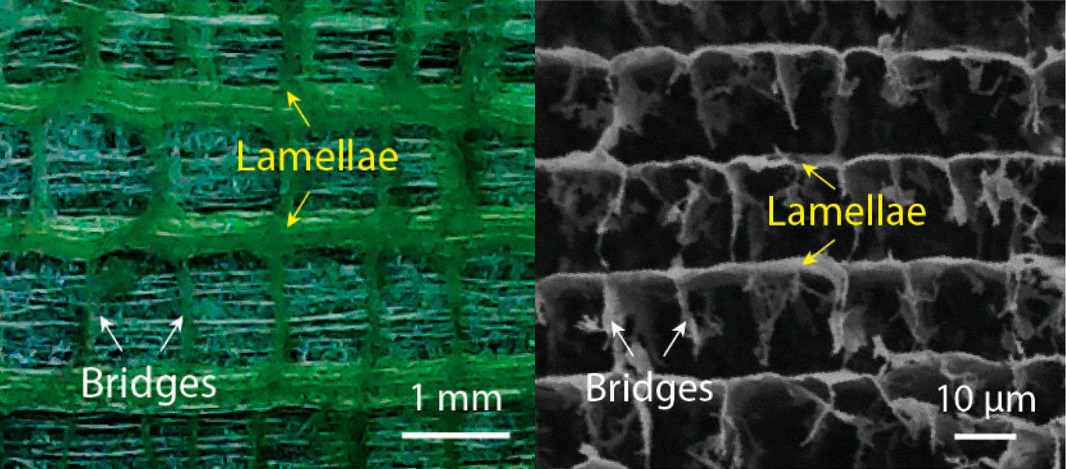
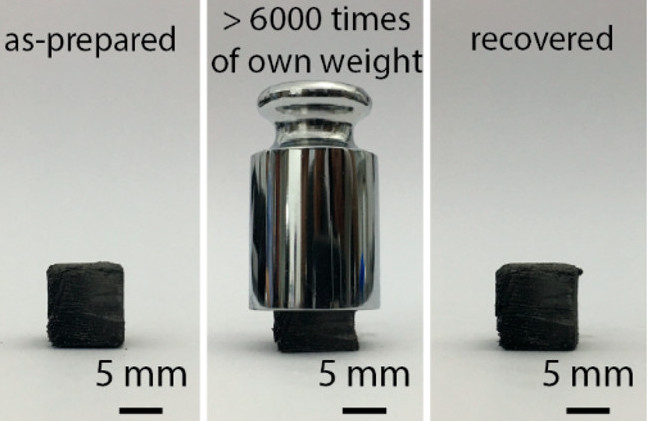
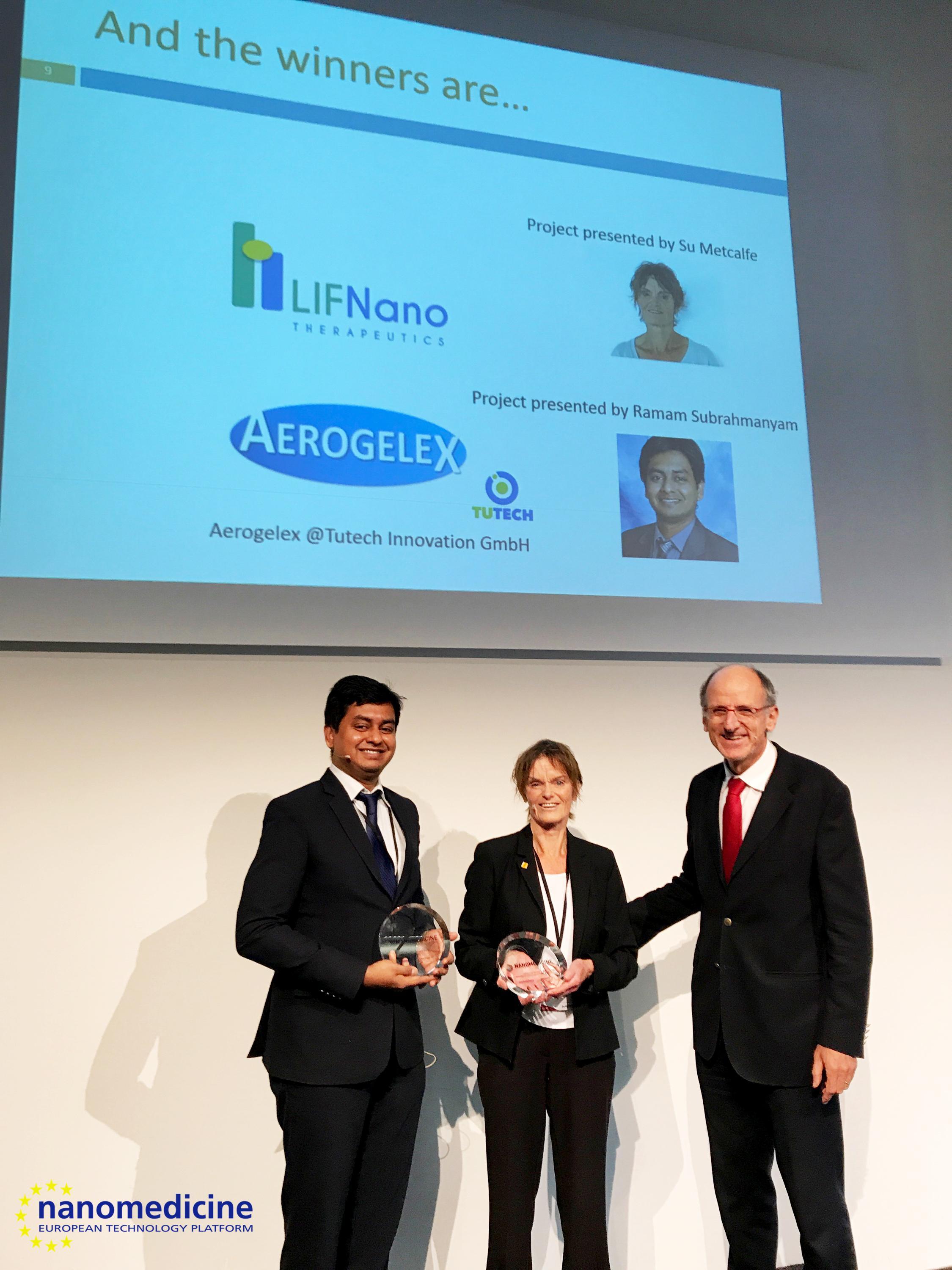

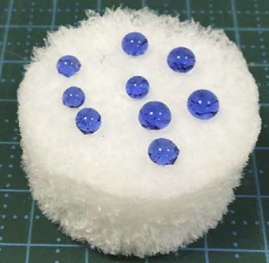
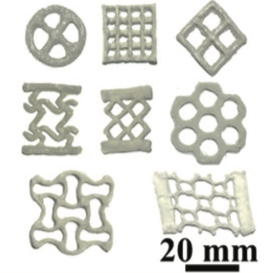

 Helly Hansen Life-Pocket
Helly Hansen Life-Pocket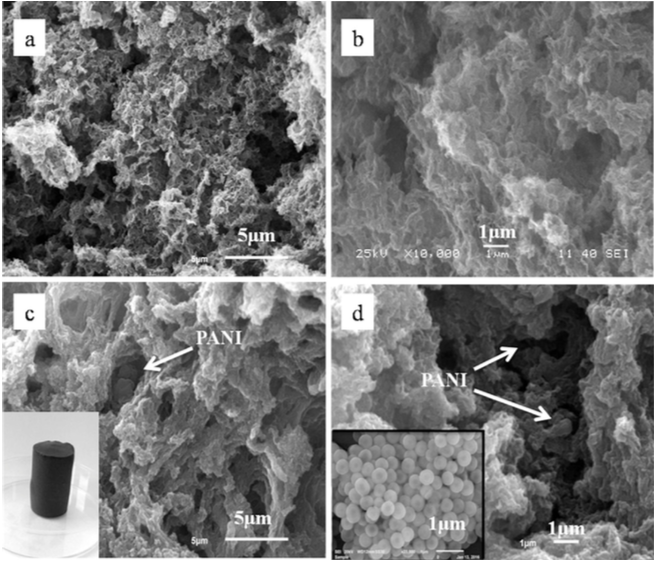
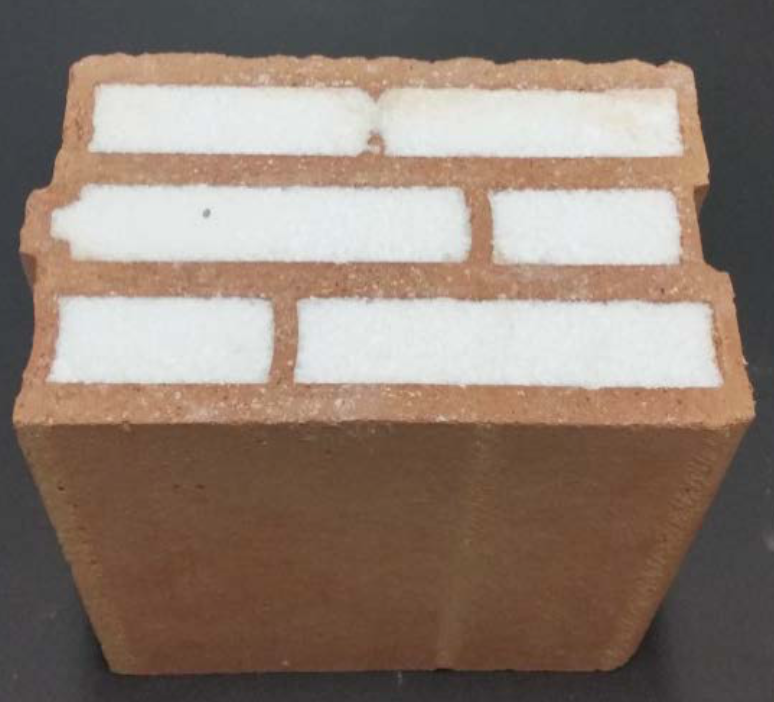 Image of “Aerobrick” — Insulating brick with silica aerogel granule filling.
Image of “Aerobrick” — Insulating brick with silica aerogel granule filling.
